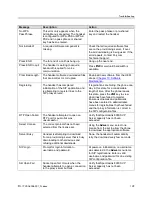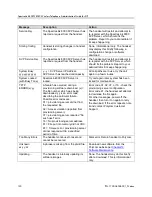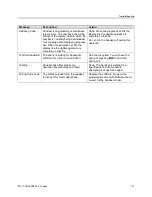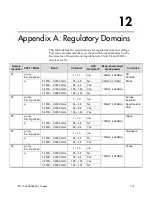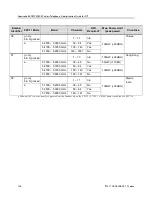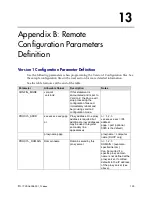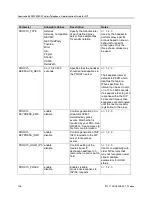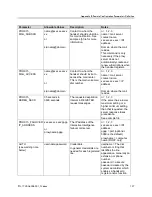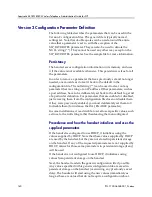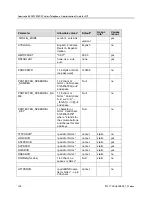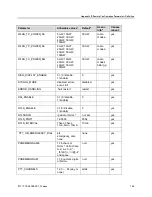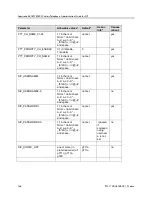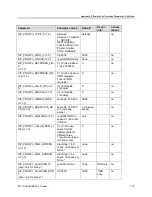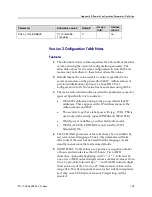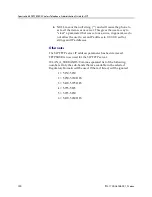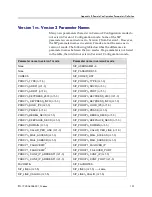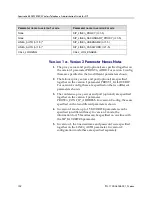
Appendix B: Remote Configuration Parameters Definition
PN: 1725-36038-001_N.docx
141
Then the handset reads in the handset specific configuration file if
possible. Any values specified in this handset specific configuration
file are saved in persistent storage on the handset (overwriting any
previously saved data). The handset will start using the new values
immediately as long as these are values that do not require a
configuration reboot.
If any of the parameters that can cause a configuration reboot (see
table) were modified by either of the configuration files, the handset
will now reboot and initialize using the values supplied by DHCP (if
configured to use DHCP) and the latest values of all other parameters.
Configuration reboot
If a parameter is changed by one of the configuration files and the
handset cannot begin to use that parameter without rebooting (see
table below for these parameters), the handset will reboot when it
finishes reading in and processing the configuration files. The handset
will not prompt the user for login info and it will not re-read the
configuration files, it just reboots and starts using all the new
configuration values.
The handset does not reboot if none of these indicated parameters
have changed. It does not reboot for changes in other parameters
(those that are not indicated in the table as parameters that cause a
reboot).
Certain phone parameters allow values that the installed PBX may
not support. The PBX restrictions should be taken into account
when configuring the handsets using these SIP parameters. For
instance, a PBX may support up to 13 digits for a username value
where the phone itself has broader options. In this case, you must
limit your options to those supported by the PBX. Other such
situations may exist in your facility. Be sure to configure values that
all components used by the phones can recognize.



